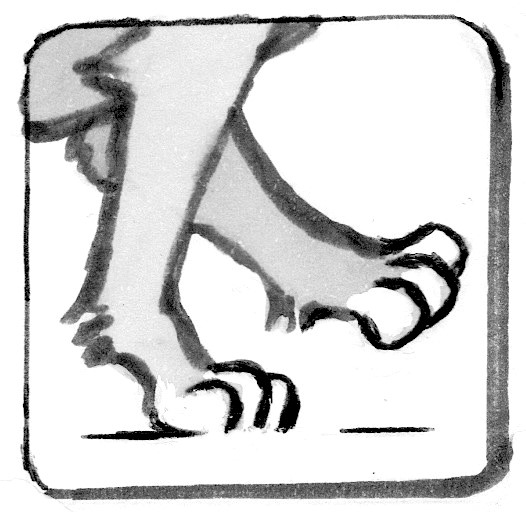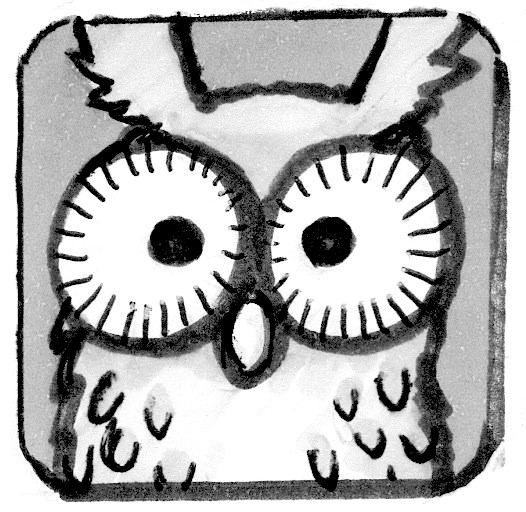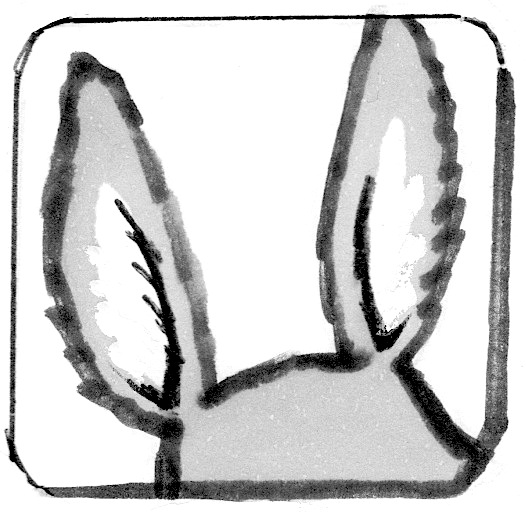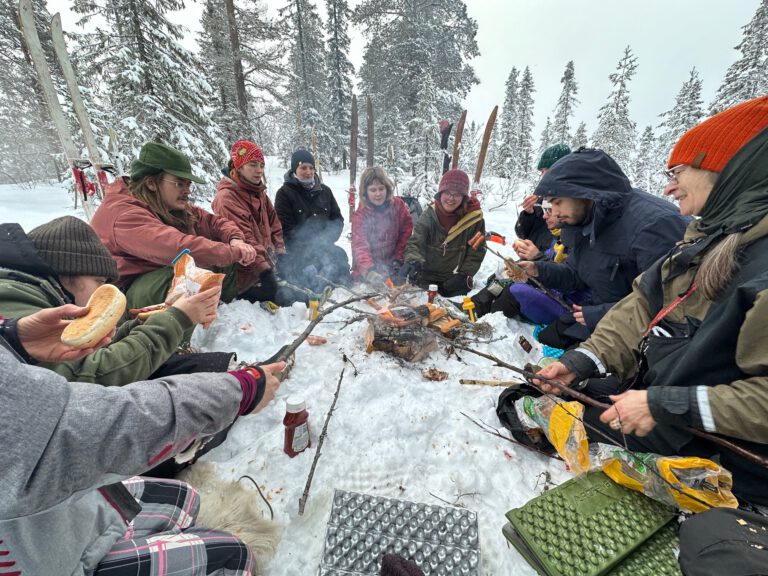Foxwalk, owl eyes, deer ears – Extended core routines of nature connection
Extend your `core routines`, combine them and awaken further senses by applying so called animal forms to your sitspot routine. Experience `foxwalk, `owl eyes` and `deer ears`.
`Foxwalk`

Did you ever get to see how a fox is sneaking up on its prey and jumping onto it? Foxes live mostly solitary and are on a hunt at night and at dusk; then they roam their territory in search of food. They use their excellent sense of smell and hearing to track down their prey. Numerous whiskers on the snout and paws are used to perceive even the smallest movement and vibration. According to recent studies, they sneak and pounce on their prey aligned with the north-south axis of the compass. So – they must have some kind of sense of magnetism.
In wilderness pedagogic you use the so called foxwalk to raise your focus and awareness und to move as silent as possible e.g. not to disturb and startle animals. Ideally practised barefoot it basically means bending your knees slightly to gain better balance and slowly putting down your foot whereas toes come first, then the outer rim of your foot and then the whole sole initially without putting weight on your foot. This will enable you to feel the ground and hence to find a good spot for placing the step to come. By slowly rolling over the ground the surface is slowly contracted to prevent rustling noise. If you feel a thin twig e.g. or leaves you would then place the foot to a different place. Once everything will fit you start putting weight on your foot. Even while lifting the second foot you are careful to do so in a controlled way to prevent unnecessary noises. `Foxwalk` you can apply in different paces, quickly but also as slowly as if hardly not noticing any movement. Doing foxwalk in slow motion means that your soles will take over the job to observe the ground while your eyes will be free to watching the environment. This is also called `seeing with the soles`. Fox walking also includes openness, curiosity and full body awareness. Alignment with the path in front of you – wider view – so that you can anticipate sources of noise. Mindful and silent movement involves the whole body, including arms etc. Choice of clothing and shoes is also important.
`Owl eyes`

In contrast to many other animal hunters, owls have a forward-facing pair of eyes, just like us humans, which enables them to see binocularly and measure distances. Their eyesight is many times better than that of most birds, and owls´ eyes are extremely sensitive to light, allowing them to detect small amounts of residual light. In addition, they can rotate their heads up to 270 degrees to secure themselves from the sides. It is important for hunting in the twilight to have the widest possible radius of field of vision to perceive even the smallest movements. In complete darkness they follow their amazing hearing. An owl is able to precisely hear and localize a mouse scurrying under a 20 cm thick layer of snow. It also helps that she can fly almost noiseless.
So let´s train the so called owl eyes. Normally your view is centred to the place of the clearest optical perception. This corelates more or less with a tunnel view where we only see a small field very clear. But our eyes can also switch into a wide viewing mode. To adjust to that mode you can stretch out both arms away to the sides, wiggling your thumbs and moving both thumbs together until both of them get visible. This is wide angle view – seeing an extended area even if a bit blurred. However, what the eye can detect thoroughly is movement and that within a bigger radius. One can also move hands inside towards outside to set the field or even move hands up and down to set the frame of wide angle perception. It is just about playing and getting astonished. The field is usually wider than you assume and it gets wider the more you train. If you have tuned in stay in that mode and see what will come up. Owl eyes offer the biggest chance of opening our visual perception. This kind of viewing, rather wide angled than focused and rather in an attitude of finding than searching is comparable with the practice of the so called soft view. `Soft view` is an perception exercise in yogic and buddhist meditation practice.
`Deer ears`

Deer are mainly evening and twilight active. In the colder month, ricks and their young join together in herds which then usually break up again in the spring. A herd can include more than 50 animals. In this community there is a regulated distribution of tasks: some graze, the other deer observe the surroundings. As soon as danger threatens, they give a warning signal and an escape movement begins. Deer have excellent hearing. Their ears are long and pointed and are about 2/3 of the length of their head. In addition, dear can move their ears. If they suspect danger, they prick up their ears and try to locate the origin of suspicious noises in the area with the help of ear movement.
So – your own sense of hearing you can support by the practice of the so called deer ears. Here you extend your outer ears by putting both your hands behind your ears to extend the outer ears and pointing them slightly ahead of you. Again – you can play until you have reached best reception. Slowly move in a circle doing so. What can you hear? Try the same movement without deer ears and sense the difference. It is enormous, isn´t it? This also works with open hands facing backwards or upwards. GW

